Related Research Articles

Bagpuss is a British animated children's television series which was made by Peter Firmin and Oliver Postgate through their company Smallfilms. The series of thirteen episodes was first broadcast from 12 February to 7 May 1974. The title character was "a saggy, old cloth cat, baggy, and a bit loose at the seams". Although only thirteen episodes were produced and broadcast, the programme remains fondly remembered, and was frequently repeated in the UK until 1986. In early 1999, Bagpuss topped a BBC poll for the UK's favourite children's television programme.

Franz Kafka was an Austrian-Czech novelist and writer from Prague. He is widely regarded as a major figure of 20th-century literature; he wrote in German. His work fuses elements of realism and the fantastic. It typically features isolated protagonists facing bizarre or surrealistic predicaments and incomprehensible socio-bureaucratic powers. It has been interpreted as exploring themes of alienation, existential anxiety, guilt, and absurdity. His best known works include the novella The Metamorphosis and the novels The Trial and The Castle. The term Kafkaesque has entered English to describe absurd situations like those depicted in his writing.

Anchors Aweigh is a 1945 American musical comedy film starring Frank Sinatra, Kathryn Grayson, and Gene Kelly, with songs by Jule Styne and Sammy Cahn. Directed by George Sidney, the film also features José Iturbi, Pamela Britton, and Dean Stockwell.
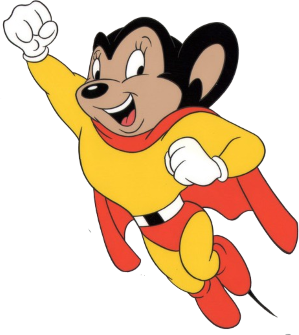
Mighty Mouse is an American animated character created by the Terrytoons studio for 20th Century Fox. He is an anthropomorphic superhero mouse, originally called Super Mouse, and made his debut in the 1942 short The Mouse of Tomorrow. The name was changed to Mighty Mouse in his eighth film, 1944's The Wreck of the Hesperus, and the character went on to star in 80 theatrical shorts, concluding in 1961 with Cat Alarm.

The Witches is a 1983 children's novel by British author Roald Dahl. A dark fantasy, the story is set partly in Norway and partly in England, and features the experiences of a young English boy and his Norwegian grandmother in a world where child-hating societies of witches secretly exist in every country. The witches are ruled by the vicious and powerful Grand High Witch, who arrives in England to organise her plan to turn all of the children there into mice.
Book the Third: The Wide Window is the third novel of the children's book series A Series of Unfortunate Events by Lemony Snicket. In this novel, the Baudelaire orphans live with their aunt Josephine, who is seemingly scared of everything. The book was published on February 25, 2000 by HarperCollins and illustrated by Brett Helquist.
"A Report to an Academy" is a short story by Franz Kafka, written and published in 1917. In the story, an ape named Red Peter, who has learned to behave like a human, presents to an academy the story of how he effected his transformation. The story was first published by Martin Buber in the German monthly Der Jude, along with another of Kafka's stories, "Jackals and Arabs". The story appeared again in a 1919 collection titled Ein Landarzt.

Gathering Blue is a young adult-dystopian novel written by Lois Lowry and was published on September 25, 2000. A companion book to The Giver (1993), it is set in the same future time period and universe, treats some of the same themes, and is followed by Messenger (2004) and Son (2012) in The Giver Quartet.

Josephine Mutzenbacher or The Story of a Viennese Whore, as Told by Herself is an erotic novel first published anonymously in Vienna, Austria, in 1906. The novel is famous in the German-speaking world, having been in print in both German and English for over 100 years and sold over 3 million copies, becoming an erotic bestseller.
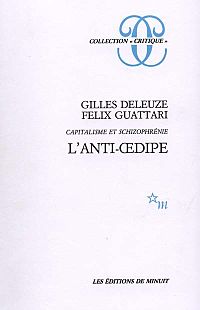
Anti-Oedipus: Capitalism and Schizophrenia is a 1972 book by French authors Gilles Deleuze and Félix Guattari, the former a philosopher and the latter a psychoanalyst. It is the first volume of their collaborative work Capitalism and Schizophrenia, the second being A Thousand Plateaus (1980).
"The Burrow" is an unfinished short story by Franz Kafka written six months before his death. In the story a badger-like creature struggles to secure the labyrinthine burrow he has excavated as a home. The story was published posthumously in Beim Bau der Chinesischen Mauer by Max Brod, Kafka's friend and literary executor. The first English translation, by Willa and Edwin Muir, was published by Martin Secker in London in 1933. It appeared in The Great Wall of China. Stories and Reflections.
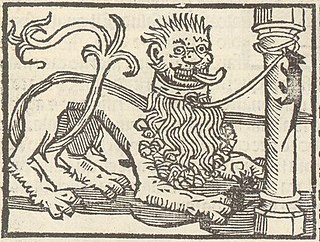
The Lion and the Mouse is one of Aesop's Fables, numbered 150 in the Perry Index. There are also Eastern variants of the story, all of which demonstrate mutual dependence regardless of size or status. In the Renaissance the fable was provided with a sequel condemning social ambition.
Josephine is a female name. It is the English version of the French name Joséphine, itself a female variant of the name Joseph, which is ultimately derived from the Hebrew name Yosef, meaning "he shall add/grow".
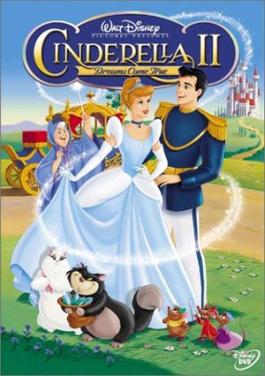
Cinderella II: Dreams Come True is a 2002 American animated direct-to-video fantasy anthology film. It is a sequel to the 1950 film Cinderella. Directed by John Kafka from a screenplay written by Jill E. Blotevogel, Tom Rogers and Julie Selbo, it is the first in the series to use digital ink and paint. It stars the voices of Jennifer Hale, Russi Taylor, Corey Burton, and Rob Paulsen.
Semiotext(e) is an independent publisher of critical theory, fiction, philosophy, art criticism, activist texts and non-fiction.

Betrachtung is a collection of eighteen short stories by Franz Kafka written between 1904 and 1912. It was Kafka's first published book, printed at the end of 1912 in the Rowohlt Verlag on an initiative by Kurt Wolff.
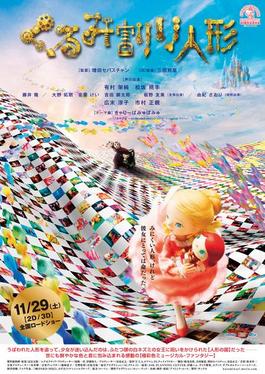
Nutcracker Fantasy is a Japanese-American stop motion animated film produced by Sanrio, very loosely based on Tchaikovsky's 1892 ballet The Nutcracker and E.T.A. Hoffmann's 1816 story "The Nutcracker and the Mouse King". It is directed by Takeo Nakamura and written by Shintaro Tsuji, Eugene A. Fournier and Thomas Joachim. It was officially released in Japan on March 3, 1979 and later in the United States on July 6, 1979. The film was nominated for the 1980 Saturn Award for Best Fantasy Film and the 1980 Young Artist Award for Best Motion Picture featuring youth and won the 1980 Young Artist Award for Best Musical Entertainment.
Mr. Willowby's Christmas Tree is a 1995 Christmas television special starring Robert Downey Jr., Stockard Channing and Leslie Nielsen, featuring Kermit the Frog as a narrator and various other Muppets created exclusively for the special. It was sponsored by Nabisco and originally aired December 6, 1995 on CBS.

A Hunger Artist is the collection of four short stories by Franz Kafka published in Germany in 1924, the last collection that Kafka himself prepared for publication. Kafka was able to correct the proofs during his final illness but the book was published by Verlag Die Schmiede several months after his death.
World War II changed the possibilities for animation. Prior to the war, animation was mostly seen as a form of family entertainment. The attack on Pearl Harbor was a turning point in its utility. On December 8, 1941, the United States Army began working with Walt Disney at his studio, stationing Military personnel there for the duration of the war. The Army and Disney set about making various types of films for several different audiences. Most films meant for the public included some type of propaganda, while films for the troops included training and education about a given topic.
References
- Kafka, Franz (1996). The Metamorphosis and Other Stories, trans. Donna Freed. New York: Barnes & Noble. ISBN 1-56619-969-7.